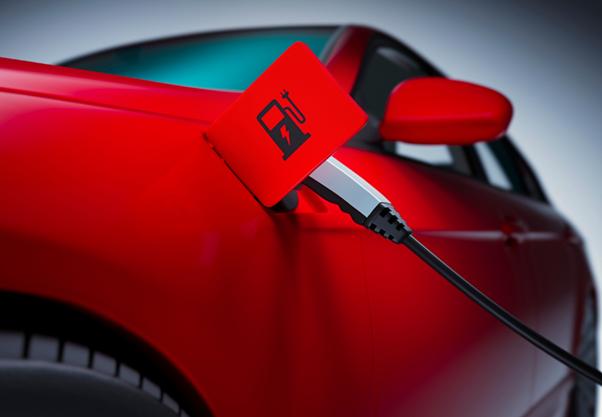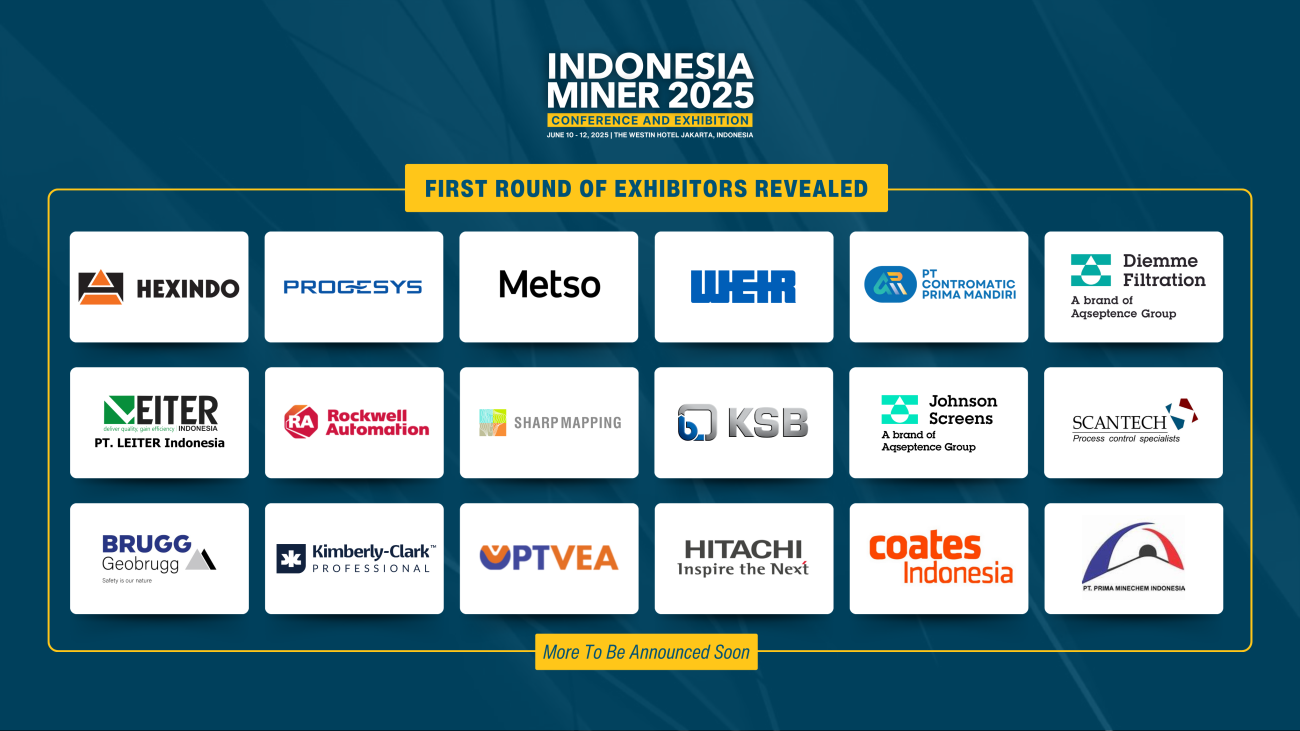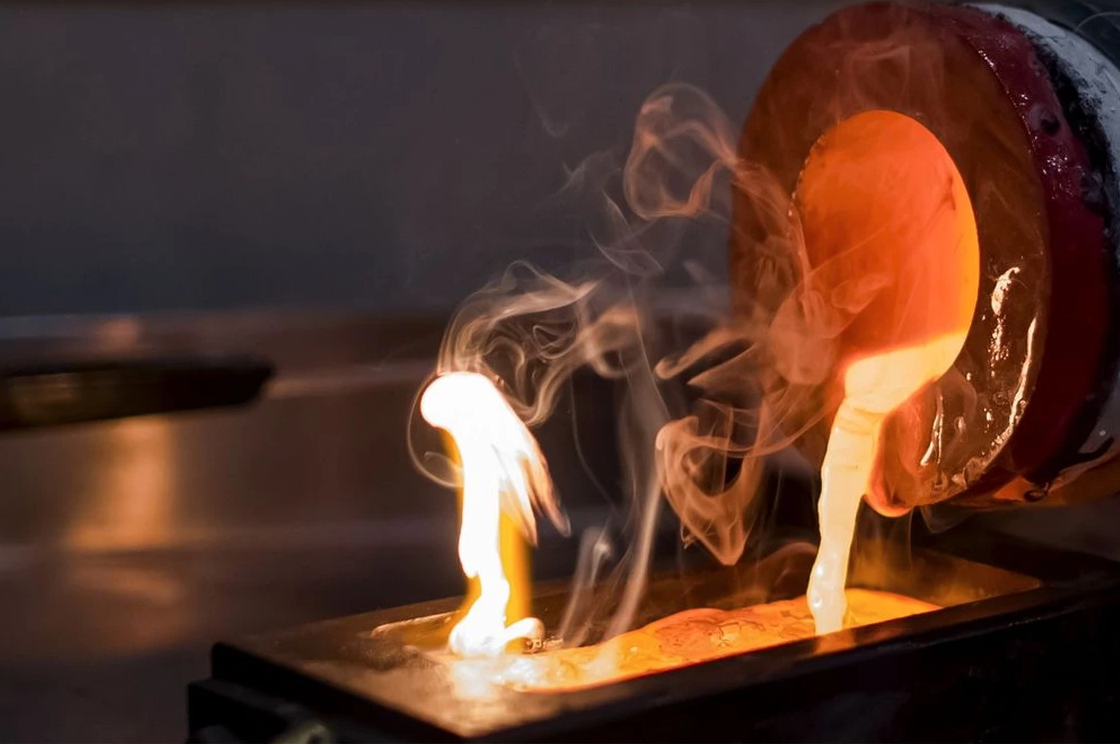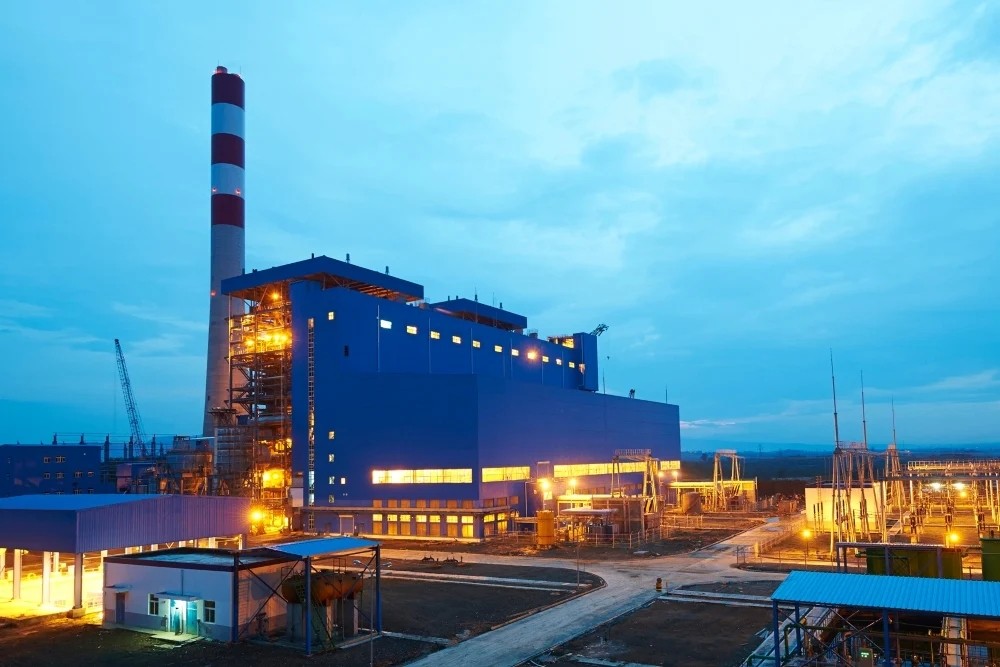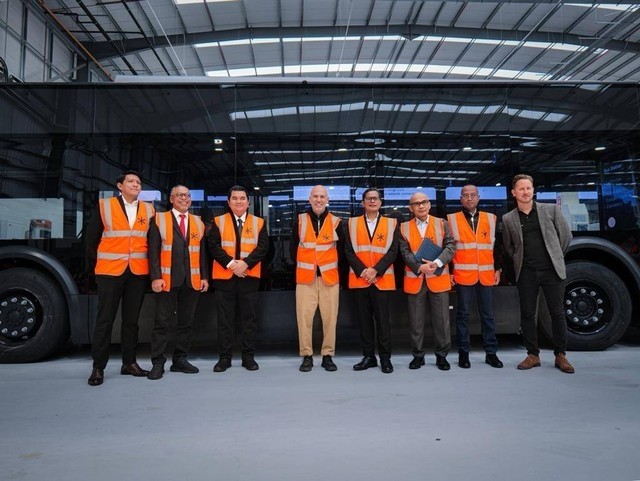After surpassing Australia last year to become the world’s second-largest cobalt producer, trailing behind the Democratic Republic of Congo, Indonesia’s global cobalt output share is estimated to rise from 3% in 2022 to 19% by 2030, according to BloombergNEF.
With the rising demand for cobalt driven by the electric vehicle (EV) industry’s need for batteries, Indonesia is projected to increase its production and maintain its second position throughout the next decade.
Indonesia’s cobalt production is primarily a by-product of nickel mining. The country has seen a surge in plans and announcements in recent years, leading to tangible increases in cobalt supply.
Projects like Lygend’s Obi Island HPAL, Huayou’s joint venture in Morowali, and additional capacity from Tsingshan and other nickel matte producers have commenced operations earlier than expected, despite some delays typically associated with such endeavors.
Indonesia’s upstream success in the cobalt industry hinges on its abundant nickel resources, stringent restrictions on unprocessed mineral exports, and the mandatory establishment of processing plants to access nickel for the steel sector.
The government has also streamlined the permitting system, facilitating the industry’s growth.
Building upon this success, Indonesia aims to replicate its effective policies in nickel and cobalt to achieve similar outcomes in the lithium-ion battery and electric vehicle supply chain. Encouragingly, the country has already witnessed early progress with the emergence of various partnerships and plans for battery manufacturing investments.
However, given the substantial differences between the stainless steel and battery sectors, there are challenges to overcome in achieving Indonesia’s goals. Unlike steel, batteries are closer to their end-use markets due to the complexities and high cost of transporting cells.
Consequently, enforcing a policy that permits the export of only cells or batteries becomes difficult without corresponding local demand for these products.
Merely implementing an export ban is insufficient to incentivize the development of a downstream manufacturing industry without a conducive business environment that fosters sustainable battery and electric vehicle production.
Cobalt supply faces difficulties in adapting to changing market dynamics. As automakers and battery manufacturers respond to cobalt risks by adjusting demand, the outlook for cobalt consumption has consistently been revised downward.
This poses challenges for producers in adjusting their supply plans since cobalt is typically not a primary commodity in mining operations.
These challenges are further reflected in the peculiar behavior of cobalt prices, which have experienced significant declines despite events that should have led to lower supply.
Despite downward revisions in cobalt demand forecasts, BNEF anticipates cobalt will continue playing a crucial role in the battery metals industry.
Nickel-manganese-cobalt (NMC) chemistries are expected to maintain their dominance, and the importance of cobalt in stabilizing these systems for safety cannot be underestimated.
Recently, another report by BNEF said that EVs are set to exceed 100 million by 2026 and reach 700 million by 2040. These estimates represent a significant surge from the 27 million EVs registered at the beginning of this year.
In February this year, BNEF forecasted that the total investment in electric vehicle chargers is set to cross $100 billion in 2023, and the next $100 billion of spending is expected to be achieved within the next three years.
Image source: Gautamee Hazarika
Source: https://www.mercomindia.com/indonesia-cobalt-demand-for-evs-report
